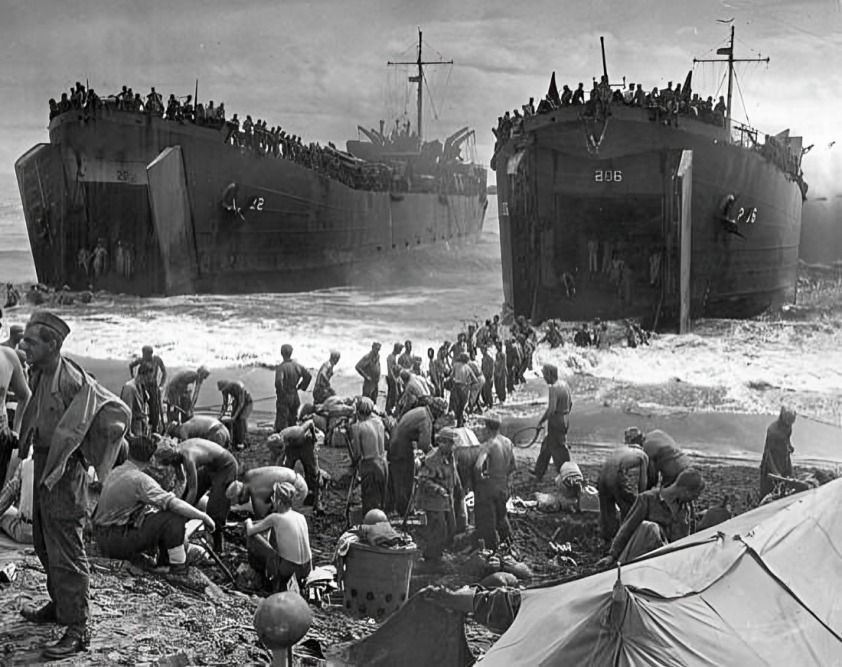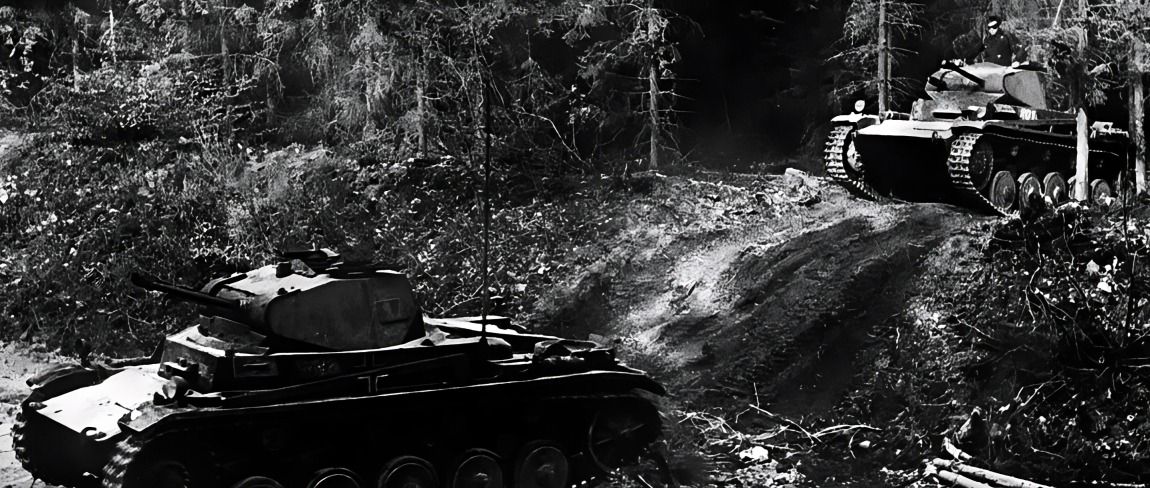
“
The major battles of World War II shaped the course of history, marking decisive turning points and displaying remarkable strategies. This blog explores 20 fascinating facts about these pivotal battles, revealing the courage, tactics, and impact of each confrontation. From the Battle of Stalingrad to D-Day, each fact provides a glimpse into the events that changed the world. Understanding these facts about major battles of World War II offers insights into the challenges faced by both the Allied and Axis powers. Dive into these 20 facts to learn more about the fierce conflicts that defined a generation.1
”
The Battle of Stalingrad (1942-1943) was one of the bloodiest battles in history. The Soviet Union’s victory over Nazi Germany marked a turning point and severely weakened the German army on the Eastern Front.1
The Battle of Midway (1942) was a decisive naval battle between the U.S. and Japan. The U.S. destroyed four Japanese aircraft carriers, weakening Japan’s naval power and shifting the balance in the Pacific.2
The Battle of Normandy (D-Day, 1944) was a massive Allied invasion on the beaches of France. It involved over 156,000 troops and marked the beginning of the liberation of Western Europe.3

The Battle of El Alamein (1942) in North Africa was a crucial victory for the Allies. It halted the Axis powers' advance toward Egypt, protecting the Suez Canal and securing vital oil supplies.
The Battle of Britain (1940) was the first major battle fought entirely in the air. The Royal Air Force successfully defended Britain from the German Luftwaffe, preventing a German invasion of the British Isles.4
The Battle of the Bulge (1944-1945) was the last major German offensive in Western Europe. The Allies eventually repelled the Germans, ending their ability to launch significant operations in the West.5
The Battle of Guadalcanal (1942-1943) was the first major Allied offensive against Japan. U.S. Marines battled to secure the island, marking a significant turning point in the Pacific theater of war.6
The Battle of Iwo Jima (1945) was a fierce battle in the Pacific, where U.S. Marines captured the island from Japan. The iconic flag-raising photograph became a symbol of American resilience.7
The Battle of Kursk (1943) was the largest tank battle in history. Soviet forces decisively defeated the Germans, forcing them into a retreat and marking the beginning of the Soviet counteroffensive.8
The Battle of Pearl Harbor (1941) was a surprise attack by Japan on the U.S. naval base in Hawaii. The attack led the United States to declare war on Japan and enter World War II.9
The Battle of Moscow (1941-1942) was a crucial battle on the Eastern Front. The Soviet victory halted the German advance into Russia, setting the stage for a major Soviet counteroffensive.10

The Battle of Leyte Gulf (1944) was the largest naval battle of World War II. The U.S. and Allied forces decisively defeated the Imperial Japanese Navy, crippling Japan’s ability to defend its territories.
The Battle of Aachen (1944) was the first major German city to fall to the Allies. It was a significant step in the Allied push towards the heart of Nazi Germany.11
The Battle of the Coral Sea (1942) was a crucial naval battle fought entirely by aircraft carriers. The U.S. and Australian forces stopped Japan’s advance toward Australia, preventing a major invasion.12
The Battle of Anzio (1944) involved an amphibious landing by Allied forces in Italy. Despite initial success, the battle became a prolonged stalemate until Rome was eventually liberated in June.13
The Battle of Berlin (1945) was the final major offensive in Europe during World War II. Soviet forces captured Berlin, leading to the surrender of Nazi Germany and marking the end of the war in Europe.14
The Battle of Dunkirk (1940) was a pivotal moment early in World War II. Over 330,000 British and Allied forces were evacuated from the beaches of France, boosting morale despite the retreat.15

The Battle of France (1940) saw Germany’s Blitzkrieg tactics overwhelm France and its Allies. The rapid and devastating German advance led to the fall of France in just six weeks.
The Battle of Hong Kong (1941) was an intense battle between Japanese and British/Commonwealth forces. The Japanese victory led to the capture of Hong Kong, marking one of the first major battles in the Pacific War.16
The Battle of Tinian (1944) was a key part of the U.S. campaign in the Pacific. The capture of the island provided a base for launching B-29 bombing raids on Japan, crucial for defeating Japan.17


